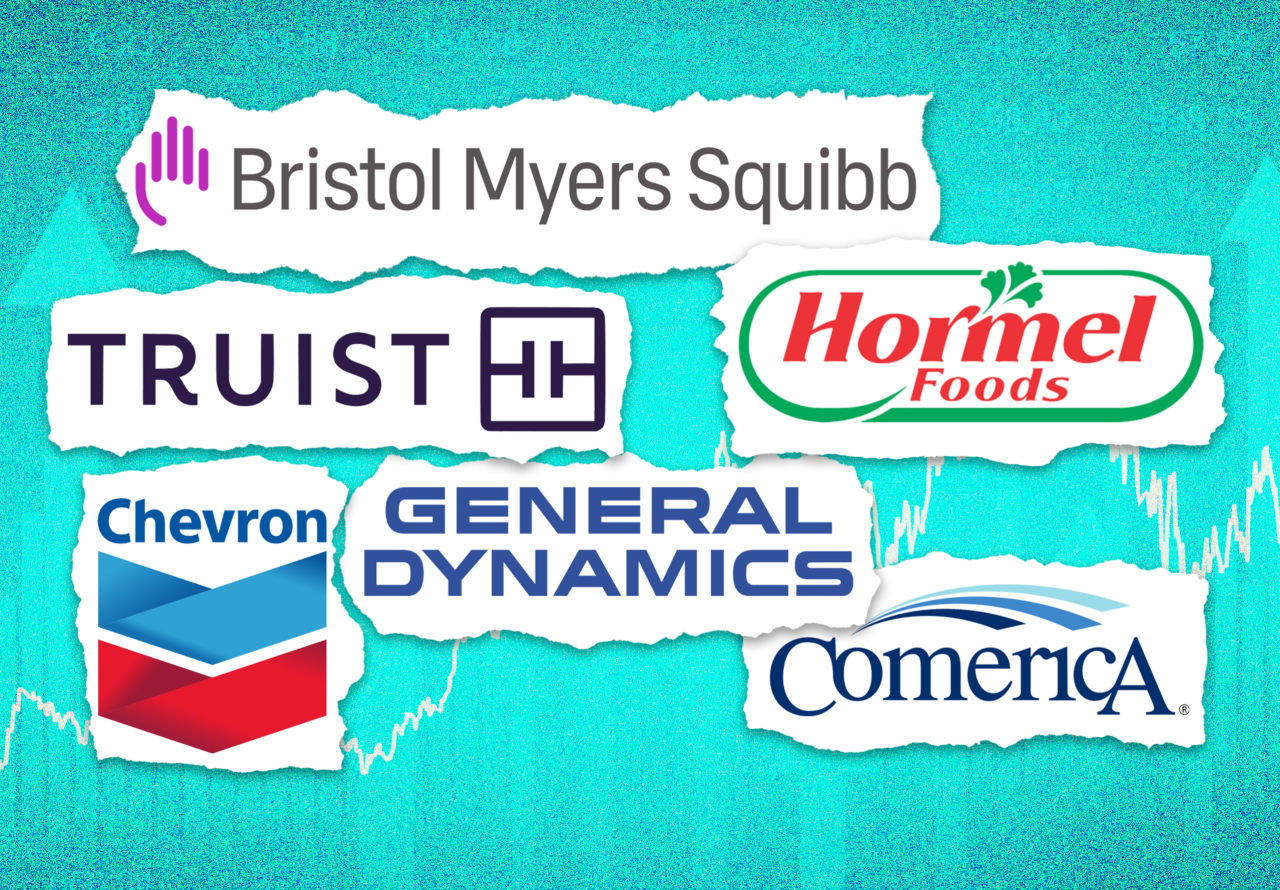What Is an Anti-Meme Portfolio?
An anti-meme portfolio is designed as the direct opposite of meme stocks—those volatile, hype-driven investments fueled by social media buzz, like GameStop or AMC, which often spike dramatically before crashing. Instead, it emphasizes “quality” investments: stable companies with strong fundamentals, such as solid balance sheets, consistent profitability, and reasonable valuations. This approach prioritizes long-term growth over short-term excitement, reducing risk from market fads. The strategy is particularly relevant now, as meme stocks show signs of resurgence.
Steps to Build an Anti-Meme Portfolio
Building one involves focusing on fundamentals and diversification. Here’s a straightforward guide:
- Assess Your Goals and Risk Tolerance: Determine your investment horizon (e.g., 10+ years for retirement) and comfort with moderate volatility. Anti-meme portfolios suit conservative or balanced investors seeking steady returns.
- Define Quality Criteria: Screen for stocks or funds based on key metrics:
- High return on equity (ROE) >15%.
- Low debt-to-equity ratio (<0.5).
- Consistent earnings growth over 5–10 years.
- Dividend yield >2% for income stability.
- Price-to-earnings (P/E) ratio below sector average to ensure fair valuation.
- Choose Vehicles: Stocks, ETFs, or Index Funds:
- For simplicity, use ETFs tracking quality factors, like the iShares MSCI USA Quality Factor ETF (QUAL), which holds the top 10% of U.S. stocks by profitability and stability.
- Or build with individual stocks from diverse sectors to spread risk.
- Allocate Across Assets: Aim for 60–80% equities (quality stocks/ETFs), 20–40% bonds or cash for ballast. Rebalance annually to maintain weights.
- Monitor and Hold Long-Term: Review quarterly for fundamental changes, but avoid frequent trading. The goal is compounding over hype—quality tends to outperform memes over time.
- Diversify Broadly: Include 10–20 holdings across sectors like healthcare, energy, finance, and consumer goods to mitigate sector-specific risks.
Example Quality Stocks for an Anti-Meme Portfolio
These examples from established companies illustrate the strategy, selected for their stability and reasonable valuations as of recent analyses. Consider a sample allocation of equal weights (5% each) for a starter portfolio.
| Stock Ticker | Company Name | Sector | Why It’s Anti-Meme | Trailing P/E Ratio* | Dividend Yield* |
|---|---|---|---|---|---|
| BMY | Bristol Myers Squibb | Healthcare | Strong drug pipeline, consistent R&D cash flows | 10.2 | 4.8% |
| TFC | Truist Financial | Financials | Solid regional banking with low default rates | 12.5 | 3.9% |
| HRL | Hormel Foods | Consumer Staples | Reliable food production, recession-resistant | 22.1 | 3.2% |
| CVX | Chevron | Energy | Integrated oil major with vast reserves | 14.3 | 4.1% |
| GD | General Dynamics | Industrials | Long-term defense contracts, steady revenue | 20.8 | 1.9% |
| CMA | Comerica | Financials | Focused commercial lending, prudent risk mgmt | 11.7 | 4.5% |
*Data approximate as of October 2025; always verify current metrics.
Final Tips
Start small—perhaps with $5,000–$10,000 in a brokerage account—and use low-cost index funds if picking individual stocks feels overwhelming. Consult a financial advisor for personalized advice, as this isn’t tailored recommendations. Over the long run, this boring approach often yields bragging rights through consistent wealth building, not viral tweets.
